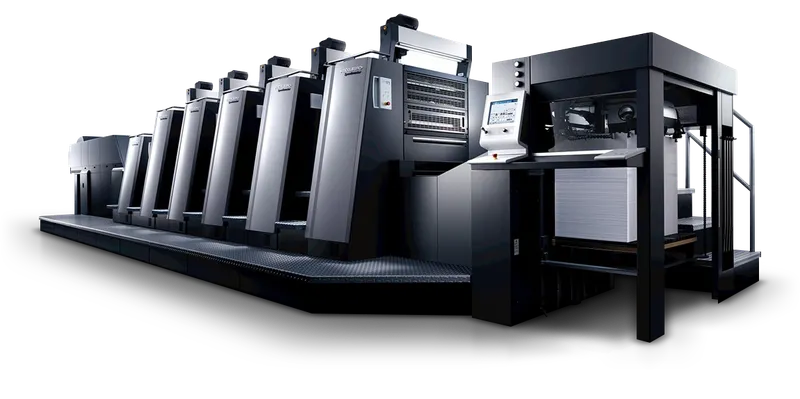

The What and Why of Hybrid Printing
As the technology is getting advanced day by day there is a need for a new hardware machinery to meet the industry demand. Hybrid printing machine is one of the latest technologies that is uplifting the printing standard by providing high quality prints with large quantity in few seconds.

Hybrid Printing
The label printing industry is undergoing a face upliftment due to the introduction of new hardware in printing and print management software. Many businesses have welcomed this change and migrated to the digital printing wholescale scenario. Others, however, are vary of leaving the traditional flexographic printing, especially considering the cost of digital printing.
The growing demand for high-quality labels, quicker lead times, customization, shorter print runs and the rising pressure on pricing had led to rapid evolvement of label printing industry. This has increased the challenges for production leaders too.
The new printing technologies like digital printing have entered in the market and are expanding continuously. However, the industry is still looking for ways to combine benefits of digital and conventional technologies.
Printing of Different Types- Digital, Flexo, and Hybrid
With digital printing, small scale print volumes and variable information options for packaging and labeling can be done economically. While flexo printing is cost compatible for large amounts or cycles of long processing. Equipment for digital printing is also comparably expensive than flexo printing, though it can be said that their maintenance and cost of operation is cheaper.
The concept that merges the capability of these two options is Hybrid Printing. A combination of the capabilities of analogue and digital printing is achieved by integrating the reliability of flexographic printing with the power of creativity found in digital printing. This allows businesses to achieve the best of both worlds- the high quality and low-cost print through flexography and fast turnaround and flexibility of digital printing.
Benefits in Using Hybrid Technology
Hybrid printing is combining various printing technologies and converting them in a single technique in a single-pass process. It aims to merge the capabilities of digital and conventional printing methods. For example: integrating reliability, efficiency and in-line features of flexo printing technique with creative possibilities in digital printing industry.
Hybrid technology’s approach to label printing differs from the traditional methods in the following ways:
There are variable options in hybrid printing machines for businesses to customize their print runs, such as-
· Advanced UI with touch screen technology
· Programming print setting in advance through remote operation and activation through a button
· Options of four colors and mono
· Choosing web widths according to preference
· UV drying system built in the machine
· Facilities to print and over varnish
· Pre-coating with uni-colored rotary flexo head
· Systems in-line to finish and color
Increased Flexibility
Labe printing businesses can cater to a wider range of applications through hybrid presses. They include colors that lie outside the CMYK range which sets it apart from other digital printing gamut. By adding special inks to the production line, you can elevate the appearance of a label, and only hybrid technology gives you this luxury. In a single flick you can convert inline, decorate, and finish using the hybrid printing technology.
Simplifying Complex Jobs
If you wish to make changes as you go, hybrid printing provides variable data imaging facilities to make room for such alterations in-between complex jobs. Production and printing via this technology significantly reduces operational and digital consumable cost. The reduction in cost is made possible by aiding heavy coverage to fill areas with solid colors and using digital processing to achieve composite images.
Dynamic Construction
Hybrid presses are built using the same structure used in flexo presses, to better integrate a variety options and upgrades within a compact print house. They are low maintenance and cost-efficient to run. Yet, they are at the end of the day digital machines and can be combined with the rest of the IT infrastructure in the company to provide a smooth flow of design, layout, and print.
Higher Levels of Productivity
The undisputed benefit of hybrid presses is the spike in production speed. The output is greater as compared to the time spent laboring. Increased speed does not imply that the quality of the print is in any way compromised. The digital aspect of the press handles cumbersome tasks such as labeling, coating, packaging, cutting etc. automatically. Subsequently the staffing cost required on each run also becomes lower. The newer models are time-efficient and easy to operate too.
Hybrid Technology- An Investment
Hybrid machines take the best qualities of traditional printing methods and combines them with digital interface to form a better method of printing that is less time intensive. This detail allows any company to cater to a wider base of customers and handle multiple jobs at the same time.




